Markets
A conversation with Laurent Benayoun, CEO, Acheron Trading – DL News

In a 2022 blog post, Acheron said he expects the long-term health of the market to improve through consolidation and elimination of weaker market makers. How has the crypto market making landscape evolved since the FTX meltdown?
In every bull market, greed leads to reckless risk-taking. When markets stop working, losses from risky bets pile up, exposing conflicts of interest, excessive leverage, market manipulation, and other harmful practices. Finally, entities that take excessive risks in a bull market get into trouble when they have poor risk management practices. Their failure further exacerbates the effects of a bear market. Acheron has always emphasized risk management and continuity as a concern throughout the business cycle.
Traditional markets experienced a surge in retail trading during the January 2021 meme stock bubble event. In the wake of the event, conflicts of interest were highlighted among major market makers and a series of market reforms were proposed by the SEC to improve the transparency of market makers. As the cryptocurrency market experiences its own “memestock” event cycles, with various dog and frog-inspired tokens skyrocketing to billion-dollar market capitalizations, as does the role of cryptocurrency market makers and the exchanges they list Do these coins compare?
Memestocks and memecoins don’t have much to do with each other, at least from what I can see. In fact, there are significant structural differences between the trading and crypto markets. In traditional markets, memestocks are still shares in real companies. Trading may be halted at the broker’s discretion due to funding/clearing house restrictions. Institutions may be massively shorting, which could lead to a short squeeze. Ultra high frequency trading leads to payment for order flow being ultra important for market makers (MMs). None of this really applies to memecoins. In crypto, MMs bring a special asset to the market, implying different pre-market modeling. Shorting is limited, and institutions are not massively shorting, given risk management practices and knowing what volatility in crypto is like anyway. True co-location is rare: we’re talking virtual private networks at most. Exchanges witness sporadic but significant volume and price actions in these markets. Exchanges also act as brokers, matching engines, and clearinghouses all at the same time.
How does Acheron address ethical considerations and potential conflicts of interest in market-making practices such as short selling client tokens?
Externally, we provide a portal for all clients, even for what would be considered “distance relationships”, such as those in the loan and purchase option model. The portal provides real-time metrics – rather than retrospective reports – such as liquidity, number of orders, market share, fulfillment volume and more. Internally, we have established a very strict commercial policy for all employees and their families. This commercial policy includes blackout periods, approval and supervision of trading for compliance and prohibits all forms of illicit market practices, such as abuse of privileged information.
You have stated that Acheron is willing to forgo profits in its mission to combat negative perceptions of market makers by acting in good faith and providing transparency. What strategies does Acheron advocate to ensure the sustainability and integrity of market making activities?
Parasitic MMs take a probabilistic approach: 95% of markets trade below the listing price 180 days after the primary listing. Their playbook is simple: short sell as much of the issuer’s loan as possible, forcing selling pressure to exceed buying pressure, killing momentum and price discovery. This creates a self-fulfilling prophecy of downward price movements, allowing parasitic MMs to repurchase tokens initially sold for an immaterial amount and pocket the difference. This playbook is deeply harmful to all market participants: issuers (witness poor price performance), investors (have to wait for vesting unlocks to sell an asset that is falling in value), and the early buyer community (often suffering the biggest losses). Acheron’s symbiotic approach involves a fully automated long-range delta-hedging strategy. In other words, Acheron locks in the value of the call options initially and profits from the volatility.
Join the community to receive our latest stories and updates
Automated Market Makers like Curve and Uniswap have been a cornerstone of DeFi and have played a large role in the industry’s growth. How should PMMs and DMMs adapt their strategies to remain competitive in an increasingly decentralized landscape?
AMMs are commonly confused with competitors to MMs, when in fact they provide additional hedging venues and often contribute to making markets more efficient in their own way. MMs simply develop new strategies, representing interesting research and technical challenges. As trading flows continue to shift to the advantage of DEXs, as has already happened, DEXs will attract regulatory scrutiny, especially when it comes to Know Your Customer (KYC) and Anti-Money Laundering (AML) regulation. Enforcement action on decentralized services is already underway. How would the introduction of hybrid exchanges (DEXs that incorporate features of the CEX platform, e.g. limit order books) change the participation of market makers in the cryptocurrency markets? MMs must continually adapt, as they always have. For example, Acheron Trading has integrated some of these hybrid exchanges (e.g. one with a CLOB, a fast matching engine, and on-chain settlement layer). Acheron Trading has also been a great liquidity provider for these venues. Again, this presents an interesting technical/research challenge and is consistent with the previous observation about the lack of strict dominance of DEXs over CEXs.
What role do you foresee AI playing in market shaping, for example by detecting and preventing market manipulation tactics?
While machine learning (ML) can certainly help with pattern recognition, financial markets, in general, are notorious for their significant noise, and crypto markets, specifically, may not have enough data to prevent or mitigate overfitting. I’m not sure to what extent AI is used in locating funds, but it can streamline the efforts of government agencies and their service providers to efficiently locate illicit activity in the chain. Only the future will tell what the viable applications of these technologies will be.
With continued advances in quantum computing and the increasing possibility of large quantum mining operations, how real is the risk of a 51% attack on the Bitcoin network?
If the quantum advantage is achieved in unstructured searches, then the 51% threat could become very real if the network does not adapt. That said, it might not make sense to try to do this from a game theoretic perspective, as the entire network would instantly lose its value. Furthermore, it is challenging to assess how close we realistically are to achieving quantum advantage, as some problems in the field are undermined despite advances. After all, BTC is a technological solution that needs to evolve over time to retain its value, unlike gold or other forms of money.
Markets
Crypto Markets Rebound as Spot Bitcoin ETFs Attract Massive Inflows
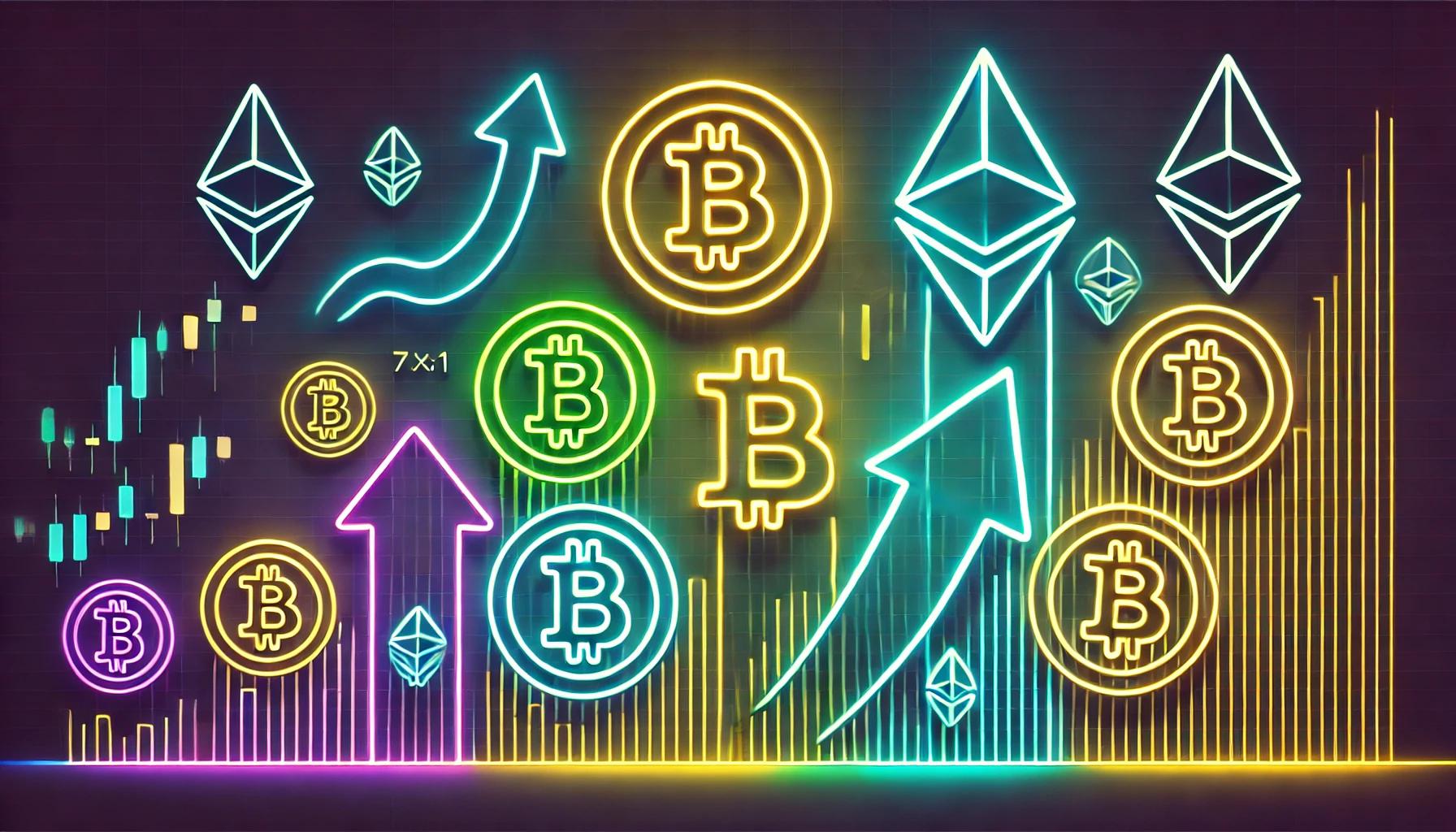
This week saw $722 million worth of Bitcoin spot ETF inflows, including the largest daily inflow in a month.
Cryptocurrency markets rallied on Wednesday, driven by inflows into spot Bitcoin exchange-traded funds (ETFs).
The price of Bitcoin (BTC) is up 3% over the past 24 hours to last change hands at $65,200, according to CoinGecko. Ethereum (ETH) is up 2% and is trading at $3,471. Solana (SUN) and Polkadot (POINT) increased by 4%.
Bitcoin spot ETFs saw $422 million in daily inflows on Tuesday, the highest in the past 30 days, according to Far side data, . The all-time record for a single day was $1.05 billion on March 12.
Among Tuesday’s top contributors, BlackRock’s IBIT led with $260 million in inflows, followed by Fidelity’s FBTC with $61 million. This week has already seen more than $722 million in inflows.
Among the top 100 cryptocurrencies by market cap, Worldcoin (WLD) led with a 28% increase, followed by Helium (HNT) with 20% and Lido DAO (LDO) with 15%.
Worldcoin, a decentralized identity project led by OpenAI CEO Sam Altman, announced is extending the lockups for early investors and team members. This means that tokens will be gradually released through 2029, instead of the original 2027 plan. Token unlocks are generally seen as a negative because they increase supply and early investors can sell their tokens for profit.
Meanwhile, XRP, the token of the XRP Ledger network, jumped 8% after the CME and CF benchmarks introduced new indices and reference rates for XRP.
U.S. stocks faced a downturn on Wednesday. The S&P 500 fell 1%, while the Nasdaq Composite and Dow Jones Industrial Average both fell 2%.
Markets
Altcoins on the cusp of a major breakout – WLD, AR, and INJ prices could surge by 20% in the coming days

Crypto markets appear to have been taken over by the bulls as major tokens have surged above their crucial resistance zone. Bitcoin surged above $65,000 while Ethereum was above $3,500, and XRP, which had remained passive for quite some time, surged over 40% in the past few days to hit $0.6. The uptrend has been captured in most altcoins, with Worldcoin (WLD), Arweave (AR), and Injective (INJ) leading the rally. Here’s what to expect for these tokens in the coming days.
Worldcoin (WLD) Price Analysis
O Worldcoin Price has been trading inside a descending wedge since it marked a new ATH near $12 in the final days of Q1 2024. The recent price action helped the price break out of the upper resistance of the wedge, breaking above the crucial resistance zone between $2.21 and $2.39. Market sentiments have changed, but technicals suggest that the bulls may remain passive for a while, which could offer some room for a bearish pullback.
The price broke out of the wedge with a significant increase in volume, but the current volume suggests that the bulls have taken a step back. Meanwhile, the RSI is about to reach the upper boundary, which could attract bearish forces. Additionally, the DMI has undergone a bullish crossover, but the decline in the ADX suggests that the rally may remain consolidated above the gains. Therefore, the WLD price is expected to maintain a horizontal consolidation between $3 and $3.3 and trigger a fresh rally to $4.4 during the next bullish rally.
Arweave (AR) Price Analysis
Arweave formed a strong base around $25, which helped the rally trigger a recovery during the bearish attack. Mt. Gox and German terror forced the price to fall below $20. However, the recent price action has brought the altcoin within the bullish range and raised expectations of maintaining a decent uptrend for a few more days.
AR price has hit one of the major resistances around $30 to $31.5, which could act as a strong base once overcome. The buying volume is slowly increasing, which could keep the bullish hopes for the rally high. Moreover, the supertrend has just flashed a buy signal, indicating a clean reversal of the trend. Therefore, AR price seems primed to maintain a healthy uptrend and rally above $40. However, if the bulls maintain a similar trend, making new highs above $50 may not be a tedious task for the bulls.
Price Analysis of Injective (INJ)
Injective price has been showing sharp strength since the beginning of the year and hence, the recent turnaround is expected to revive a good uptrend going forward. The bears engulfed the rally to a large extent, but the recent price action suggests that the bulls have regained their dominance. Therefore, INJ price is expected to maintain a strong uptrend with a bearish interference on the way down.
INJ price has surged above the lower support zone and has registered consecutive bullish candles. Although the volume is below the required levels, the OBV is maintaining a sharp uptrend. Furthermore, the Ichimoku cloud lead span B is heading towards the lead span A and a healthy crossover indicates the start of a new uptrend. However, INJ price may be out of the bears’ reach once it secures the resistance zone between $30.77 and $32.12, which seems to be on the horizon.
Markets
Ethereum at $3.5K, Exchange Supply Hits 34-Month High
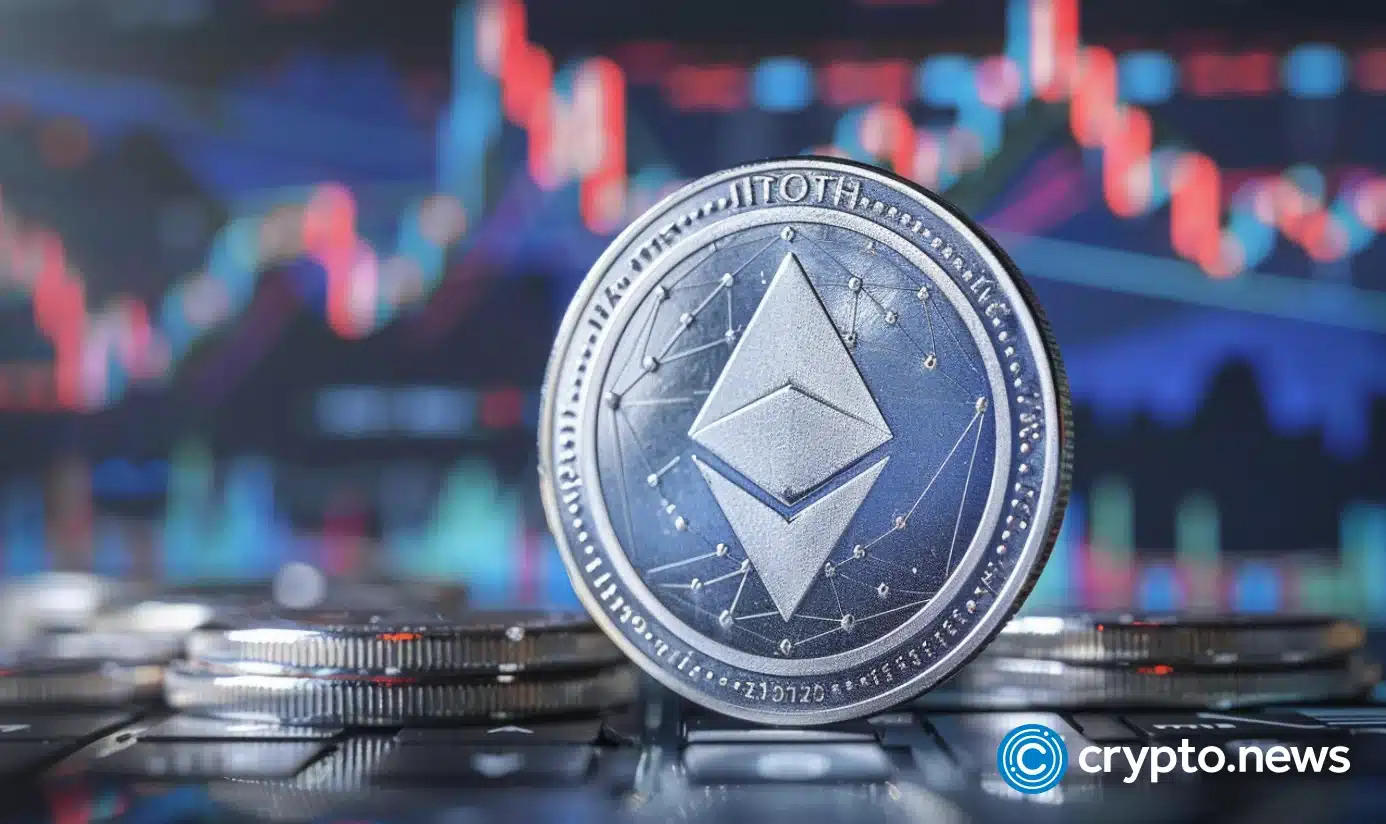
Ethereum (ETH) supply on exchanges has hit a 34-month high as the asset’s price surpassed the $3,500 mark.
ETH has risen 2.3% over the past 24 hours and is trading at $3,490 at the time of writing. The second-largest cryptocurrency — with a market cap of $419 billion — briefly touched an intraday high of $3,517 earlier today.
ETH Price, Whale Activity, RSI, and Exchange Supply – July 17 | Source: Santiment
Ethereum’s daily trading volume also increased by 7.6% to reach $19.8 billion.
According to data provided by Santiment, the supply of Ethereum on exchanges has reached $19.52 million ETH. This level was last seen in September 2021, when the asset was trading around the same price.
On the other hand, data from the market intelligence platform shows that the number of whale transactions has fallen by 12% in the last day — falling from 8,730 to 7,629 unique transactions per day.
The move shows that the supply of Ethereum on exchanges has been increasing with small deposits rather than large transactions from whales.
Additionally, the ETH Relative Strength Index (RSI) is currently hovering at the 60-mark, per Santiment. The indicator shows that Ethereum is slightly overbought at this price point, but it may not be in a critical position due to its large market cap.
One of the main drivers of Ethereum price increase is ETH spot expectations ETFs in the US Investment products are scheduled to start trading on July 23rd.
Markets
Bits + Beeps: How to Play the ‘Trump Trade’ in Cryptocurrencies After the Assassination Attempt

Also, how much will the Fed cut rates (and when)? What will be the inflows into ETH ETFs? And what is the near future for Bitcoin?
Posted on July 17, 2024 at 12:00 PM EST.
Listen to the episode at Apple Podcasts, Spotify, Capsules, Source, Podcast Addict, Pocket molds, Amazon Musicor on your favorite podcast platform.
In this episode of Bits + Bips, hosts James Seyffart, Alex Kruger and Joe McCann, joined by guest Jack Platts, dive into the market reaction to the recent assassination attempt on former President Donald Trump, analyzing how this event will influence the 2024 US presidential election and the cryptocurrency markets.
They also cover potential rate cuts: Could there be a cut in July? How big could the September rate cut be? Could the decision be influenced by the upcoming election?
They also give their predictions on what percentage of BTC ETF inflows the ETH ETFs will reach, and James talks about what he expects for Grayscale’s ETHE (hint: his outlook would be positive for ETH).
Finally, they delve into what’s next for Bitcoin as the German government runs out of BTC and Mt. Gox distributions begin. Just now?
Program Highlights:
- Whether Trump’s shooting decided the election and whether the event caused a “flight to safety”
- How election markets are becoming a place to watch election probabilities and whether cryptocurrencies “lean right”
- Whether rate cuts will occur in July or September and by how much they will cut: 25 bps or 50 bps
- How Joe sees the relationship between global liquidity cycles, rate cuts, and the potential rise of Bitcoin
- What are the new updates about Ethereum ETFs and their expected launch?
- Why Solana Hasn’t Performed Significantly Better Since Trump News
- What Market Breadth Indicates About the Current Market Rally and the Impact of Rates on Small Caps
- Everyone’s predictions on ETH ETF inflows and how much outflow we’ll see on Grayscale’s ETHE
- What’s Next for BTC After German Government Exits Bitcoin and Mt. Gox Giveaways Starting This Week
Hosts:
Guest:
- Jack PlattsCo-Founder and Managing Partner of Hypersphere Ventures
-

 DeFi12 months ago
DeFi12 months agoDeFi Technologies Appoints Andrew Forson to Board of Directors
-

 Fintech12 months ago
Fintech12 months agoUS Agencies Request Information on Bank-Fintech Dealings
-
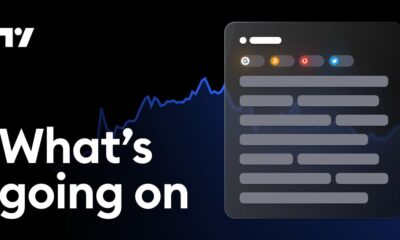
 News1 year ago
News1 year agoBlock Investors Need More to Assess Crypto Unit’s Earnings Potential, Analysts Say — TradingView News
-

 DeFi12 months ago
DeFi12 months agoSwitchboard Revolutionizes DeFi with New Oracle Aggregator
-

 DeFi12 months ago
DeFi12 months agoIs Zypto Wallet a Reliable Choice for DeFi Users?
-
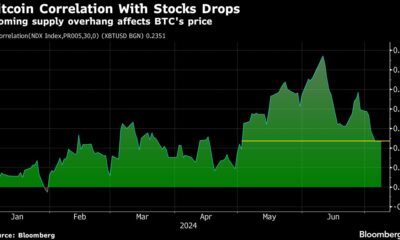
 News1 year ago
News1 year agoBitcoin and Technology Correlation Collapses Due to Excess Supply
-

 Fintech12 months ago
Fintech12 months agoWhat changes in financial regulation have impacted the development of financial technology?
-
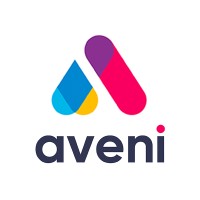
 Fintech12 months ago
Fintech12 months agoScottish financial technology firm Aveni secures £11m to expand AI offering
-
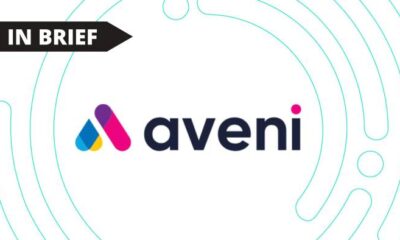
 Fintech12 months ago
Fintech12 months agoScottish financial technology firm Aveni raises £11m to develop custom AI model for financial services
-
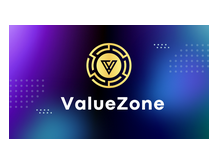
 News1 year ago
News1 year agoValueZone launches new tools to maximize earnings during the ongoing crypto summer
-

 Videos6 months ago
Videos6 months ago“Artificial intelligence is bringing us to a future that we may not survive” – Sco to Whitney Webb’s Waorting!
-

 DeFi1 year ago
DeFi1 year agoTON Network Surpasses $200M TVL, Boosted by Open League and DeFi Growth ⋆ ZyCrypto





